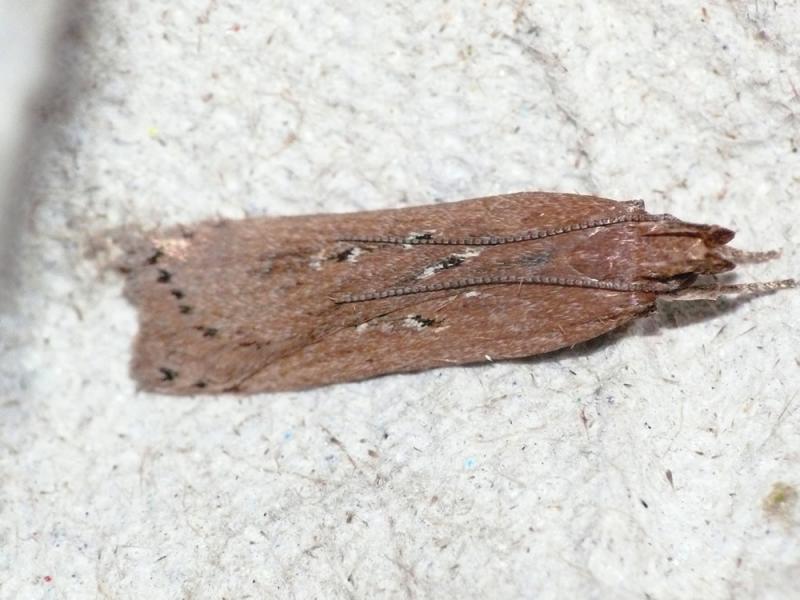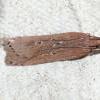35.0299 Helcystogramma triannulella (Herrich-Schaffer, 1854)
Status and Distribution
A migrant species, with three British records all from the Isles of Scilly. Single females were found at light on the 3rd October 2013 on St. Marys by Dr. C. Lewis and on 6th October 2013 on St. Agnes by D. Grundy. The third came to light on St. Marys on 17th October 2023 (P. Fallon and R. Wall).

Provisional map
Foodplant and Larval Feeding Signs
The larva has not been found in Britain.
In Europe it feeds on Calystegia sepium (hedge bindweed), Convolvulus arvensis (field bindweed) and on an unidentified Ipomoea sp. (morning glory) where it feeds within a folded leaf making opaque windows, in two broods between May and September.
Habitat
Unknown in Britain, but is most likely to be found in hedgerows and banks where the larval foodplants occur.
Finding the Moth
Larva: searches for folded leaves with opaque windows from May to September on the Isles of Scilly and south-west British coastal areas would be worthwhile.
Adult: comes to light.
Similar Species
Similar in shape to the two other British Helcystogramma species (H. lutatella and H. rufescens) but with a narrower, more obviously streaked forewing containing three black spots surrounded, more or less, with white scaling.
Only recorded to date as a probable migrant in October. In Europe it has two broods, from June to August and from September overwintering as an adult to May.

